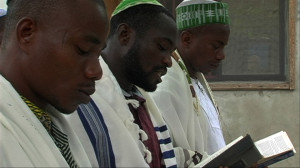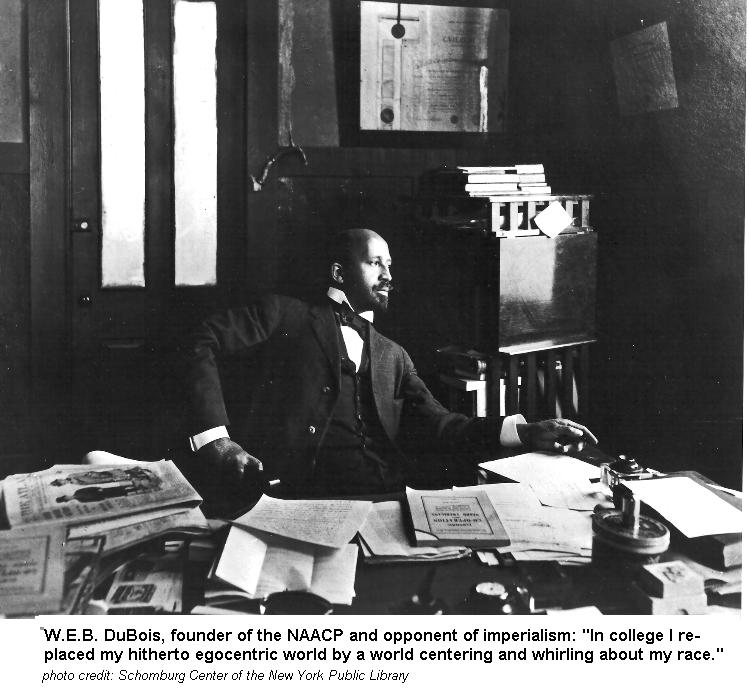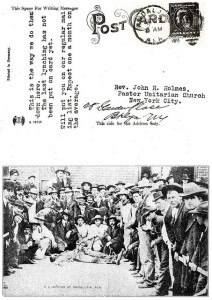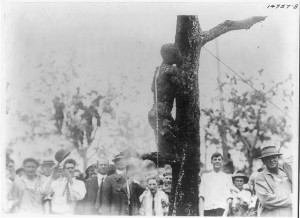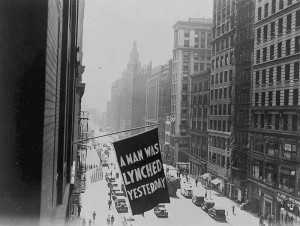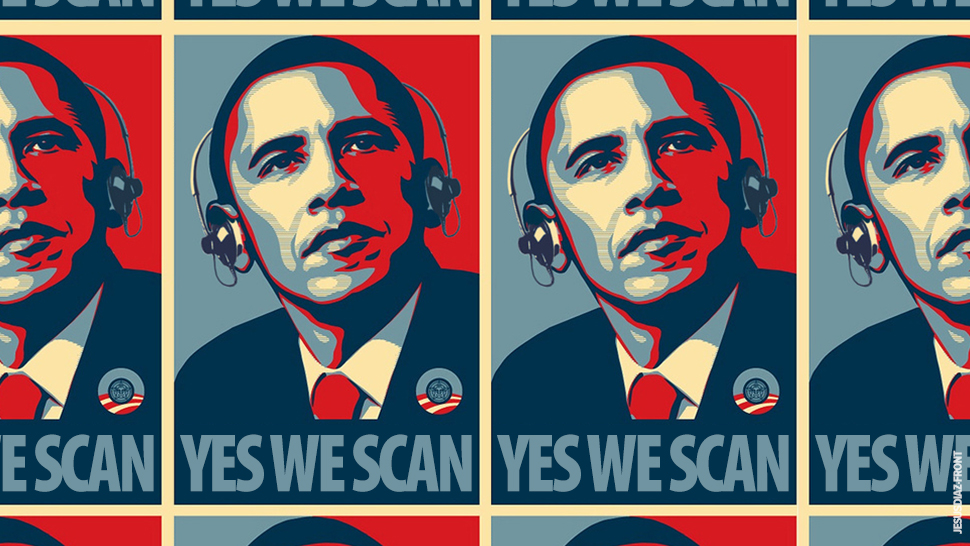Dilemmas in Media Development
 As many of you know, I have been working on starting a news startup with a group of Jamaican journalists for the last two years. I am a big supporter of media development. I feel that I am lucky to live in a country where press freedom and democracy are upheld, and when I can, I try to provide as much support and resources to my counterparts in countries with limited reporting tools.
As many of you know, I have been working on starting a news startup with a group of Jamaican journalists for the last two years. I am a big supporter of media development. I feel that I am lucky to live in a country where press freedom and democracy are upheld, and when I can, I try to provide as much support and resources to my counterparts in countries with limited reporting tools.
One of the members of this group, Jared Jameson, I first met on one of my first UN-funded media development projects I worked on in Nigeria over ten years ago. Jared is a veteran photojournalist who has done fantastic work throughout the Caribbean and West Africa. Four years ago he asked me to help him start an online news site focused on the northeastern part of Jamaica, mainly in the parish of Portland. Most of the writers and photographers are from the area and the United States. Portland is a major agricultural producer of coffee, mangoes, bananas and the national fruit, ackee.
You would think it would be easy to start a news website around economic development, but there is a reason it has taken two year to get this off the ground. Some of our bumps in the road may be familiar to other media development practitioners, especially around money.
Investments – Getting investors continues to be a big barrier. It is hard to get financial support for a media project like this because investors want to see how the product will work out first. That’s a Catch 22!
Money for issues, not for growing independent journalism – Unfortunately, the little money that is available for media development projects is not used to develop long term, sustainable journalism, but rather for short term issue projects.
Write for pay – Of course writers should be paid for their work, but most of the time news startups in developing countries, money for content is not immediately available at the beginning.
Training & Resources – Even if there is some money to keep the news operations afloat for a while, who is going to be in charge of website maintenance? Who fixes the website when it goes down? Who is trained to do this. In most small news startups of this nature, it might be one person doing everything. It can be expensive and time consuming to hire and train more people.
Luckily for us, we are now in negotiation for a sponsorship right now that will help us get going by the end of 2015. More to come on this soon!
